How fast you move your hands while tattooing and how fast your machine should be running are related. If you move too fast for your machine’s voltage, your tattoos won’t look well-saturated. If you move too slow for your machine’s voltage, you’ll cause a ton of damage to the skin.
If you’re not sure how to figure out the sweet spot for you, keep reading. In this article, we’ll be breaking down how to:
Hand Speed and Machine Voltage Explained
Signs Your Voltage is Wrong
Your hand speed should be what you’re comfortable with. You don’t need to try to go faster or slower to “match” your voltage.
Pro Tip:
Your speed is a personal preference. The goal is not to tattoo as fast as possible just so you can run your machine at a higher voltage. In fact, some machines can’t handle super high voltages. You should be trying to find a perfect balance between your hand speed and voltage so you can do your best work during a tattoo session.
Faint Line = Voltage is Too Low
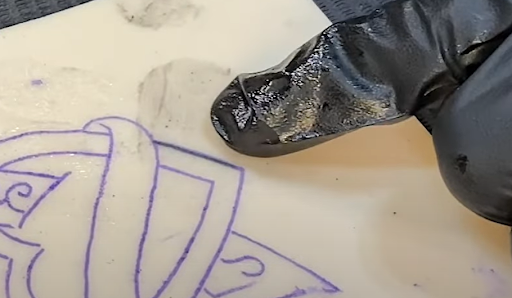
If you tattoo lines and they are very faint, then your voltage isn’t high enough to match your hand speed. The machine doesn’t have enough time to put ink in the skin before it is moved. Because there’s too much space between the dots of ink deposited, the line looks too light.
When the line heals, it will come out almost completely because it’s not perfectly saturated.
For example, in the video Brandon tattoos a line with his machine at 6v. This voltage is too low for his hand speed, so the line looks light.Turning up your power supply will increase your tattoo machine speed, letting your machine complete more stroke lengths in a shorter amount of time.
Cutting the Skin = Voltage is Too High
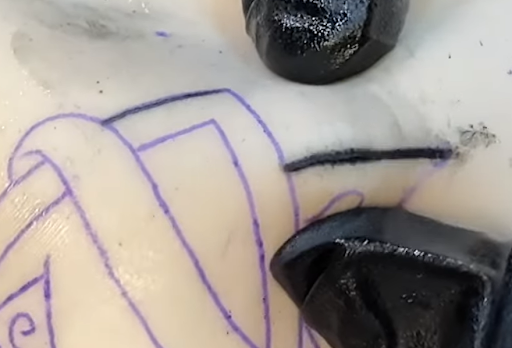
If you tattoo a solid line that looks well-saturated, but it makes a cut in your fake skin, then your voltage is too high and you need to use a slower speed on your machine. The needle is puncturing the skin too many times before it is moved, which can cause excessive trauma and scarring to the skin. (This can also be caused by hitting the wrong needle depth.)
When this happens on human skin, there’s too much ink deposited in one area. This means the area could look blown out when the tattoo heals.
For example, most artists do not tattoo fast enough to run their tattoo machines at 11v. When you’re first starting out, we recommend lining with ~7v to start, and then move up if it feels comfortable for your hand speed.
However, it’s important to remember that whether you are moving faster or slower, you need to maintain a consistent speed to get consistent results.Note:
This issue can be difficult to see in fake skins. It will just look like you have a very well-saturated line. To see if you’re running your machine too fast, flex the fake skin. If there’s a cut in the fake skin, you need to lower your voltage.
Pro Tip:
It’s much harder to fix a tattoo with scarring than a tattoo that’s faint. This is why we recommend starting out with a lower voltage and slower hand speed.
Warning:
Rotary Tattoo Machine: Rotary machines do not have the same type of “give” that coil machines have. This makes it easier for you to go too deep in the skin.
When to Change Voltage

The different styles that you tattoo will affect which voltage you use.
For example, if you are using stipple shading, you will turn your voltage way down and move your hand faster so you can have plenty of space between ink deposits. This is what makes the “peppery” look of stipple shading.
Or, if you’re going to be using a thick lining needle, you need to turn your voltage up and slow your hand speed down. This is because it’s harder for a thick liner to be pushed into the skin. You need those higher voltages and extra time to make sure the ink is getting into the skin.How to Practice Matching Your Hand Speed and Voltage
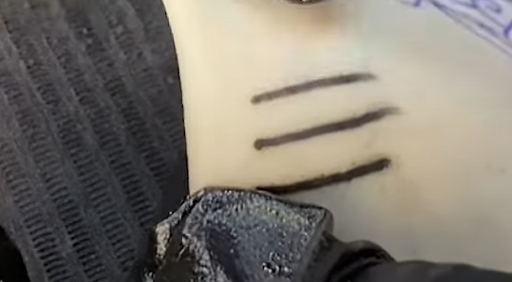
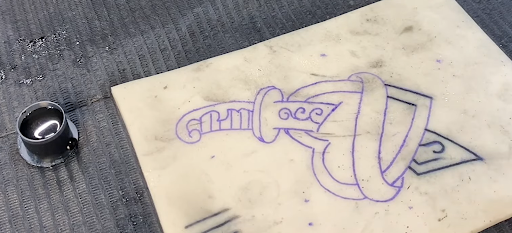
- 1Get a Good Fake Skin
To practice finding the right hand speed and machine voltage, you’ll need fake skins and sterile equipment. We recommend Frankenskins or Reelskins. Stencil several straight lines (not a tattoo design) onto your fake skin.
- 2Start Slow
If you’re new to tattooing, going with a slower hand speed may be more comfortable. We recommend trying out 6v or 7v to get started. From there, you’ll want to make sure you’re moving at a pace where you can get good saturation of your lines.
- 3Speed Up
If you’re comfortable, you can increase your voltage and hand speed. Increasing the voltage will increase the speed of the motor in a rotary machine, and make the armature bar move faster on a coil machine.
Every artist is different - some are more comfortable with a slower hand speed, while others think it’s actually more difficult to go slow. Your tattooing technique is not necessarily “better” if you’re moving fast. Your tattooing technique will be best when you’re moving at your ideal speed.
For example, Brandon uses between 8.5-9v for linework, which requires a faster hand speed.
If you feel uncomfortable with a faster hand speed, move your voltage back down. Generally speaking, if you are having a hard time staying on the stencil or tattooing a straight line, you need to move the voltage down.
If you feel comfortable with the faster speed, it’s still important to check and make sure that your fake skin doesn’t have a slash or cut in it. If it does, you might need to lower the voltage a bit.
Overtime, you will know how fast to move for each voltage.
Prepare for a Tattooing Career with the Artist Accelerator Program
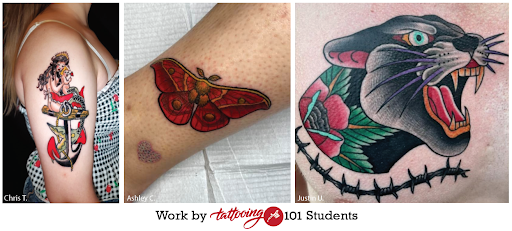
Learning how to match your hand speed and voltage is an important step in your journey, but it can also be pretty eye-opening to how difficult tattooing can be. Without the right knowledge, it’s impossible to level up your skills and become a professional tattoo artist.
However, finding the straight-forward information you need to progress is difficult. And with so much out there online, it’s hard to avoid picking up bad habits from incorrect and outdated resources.
This is one of the biggest struggles new tattooers face, and too many talented artists have given up their goal of getting into tattooing because of the years it would take to unlearn their bad habits.
That’s why aspiring artists are learning to tattoo with the Artist Accelerator Program’s structured course. As a student, you learn every step of the tattooing process from professional artists with the experience and advice you need to build your skills and create incredible tattoos.
With the Artist Accelerator, you can stop wasting time searching through incorrect information. You just get the clear, easy-to-understand lessons you need to start improving fast… along with support and personalized feedback from professional artists in our online Mastermind group.
Over 2500 students have already gone through the course, with many of them opening up their own studios. If you want to join them and learn the skills you need to start tattooing full time faster…
Click here to learn more about the Artist Accelerator Program.


This is a great tutorial! I’m a tattoo artist and I’ve been wanting to learn more about machine voltage and hand speed. This is a great tutorial to start with.
Cutting the Skin = Voltage is Too High
I am 63 and not thinking I will open a shop. I have been piercing people with a gun for 30+ years but started using needles a few years back. I want to tattoo my family and friends. I need to be as good as possible for them to let me do it for them.